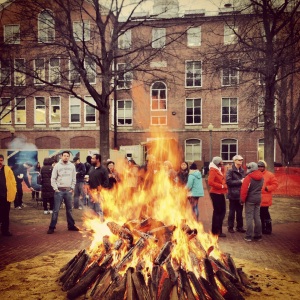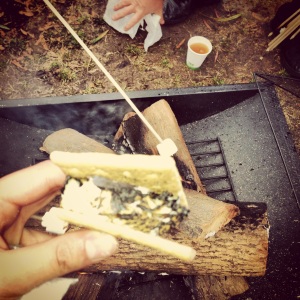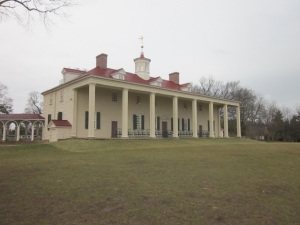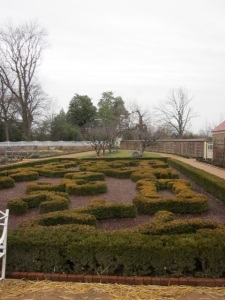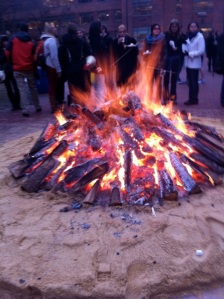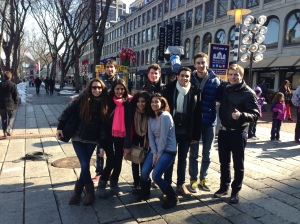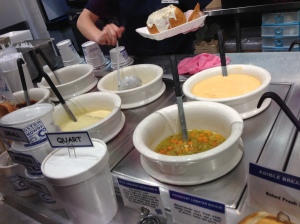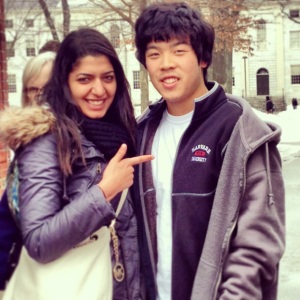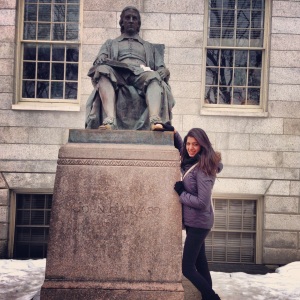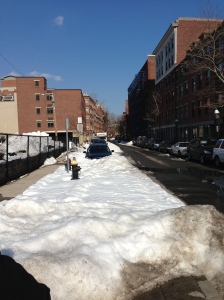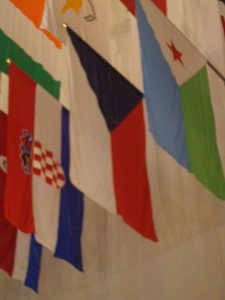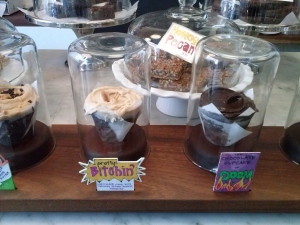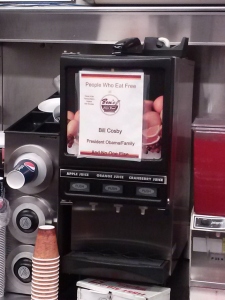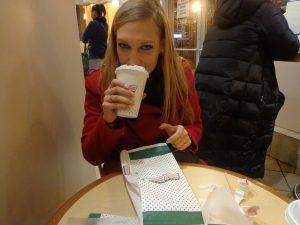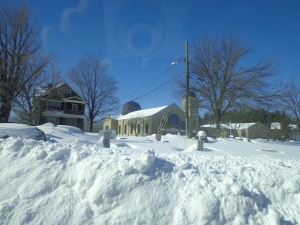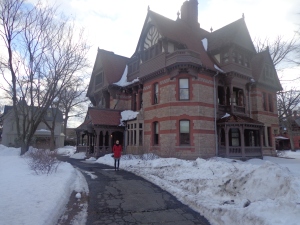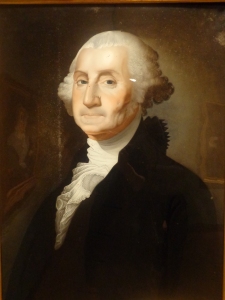By claudiadev
I cannot believe it has been nearly two months since Exchange Orientation started. That said, it’s the middle of Midterms, and I have barely any time to ponder the time that has passed amidst the revision,essays, research, and coffee breaks.
One of the subjects I’m revising this weekend in preparation for the midterm is Modern Architecture: 1750 – 2000. As you can imagine, that’s a pretty wide gap of time, and even though we’re only halfway through the course come Tuesday I will need to recall and know information on around 40 different buildings – including the architect, the inspiration, related buildings etc. It’s a daunting prospect! But I’ve really been enjoying the class.
I spent my Gap year in England, and traveled a lot through Europe while I was there, and it’s great seeing buildings come up during lectures that I’d seen in the flesh a few years ago. At the time I only knew whether I like the architectural style or not. Now, I can see the references to Renaissance buildings; understand the architect’s use of proportion or re-purposing of classical design styles to suit a new function.
I’m a pretty dedicated note taker, and have definitely been paying attention, but I didn’t realize how much information I was absorbing until an outing a few weeks ago with two friends of mine. We were driving through Old Town Alexandria, and I remarked casually ‘Oh! That’s a Palladian arch!’ I then realized they were both looking at me puzzled, and I hurriedly explained that Palladian arched windows are an element of Neoclassical architecture, and derived from the designs of the Renaissance architect Andrea Palladio. Palladio specialized in grand villas, palazzos, and churches and also wrote ‘Four Books on Architecture’ which was translated into English at the beginning of the 1700s, and was a heavy influence on neoclassical design in England and subsequently America.
I think I’ve also finally got my head around the different orders of columns (i.e the names for the different shapes you see in classical and neoclassical building's columns). This has taken me a while to figure out, and I have a feeling I’ll never truly have them clear in my head. A bit of a fail really, considering there are only 4! I didn’t capture a photograph of that Palladian Arch, but I did get a nice one of Ionic Columns, framing either side of this front door. You can tell they’re Ionic because of the curled elements at the top of the column. I think. Not 100% certain.
Hopefully I’m certain come Tuesday Morning!

